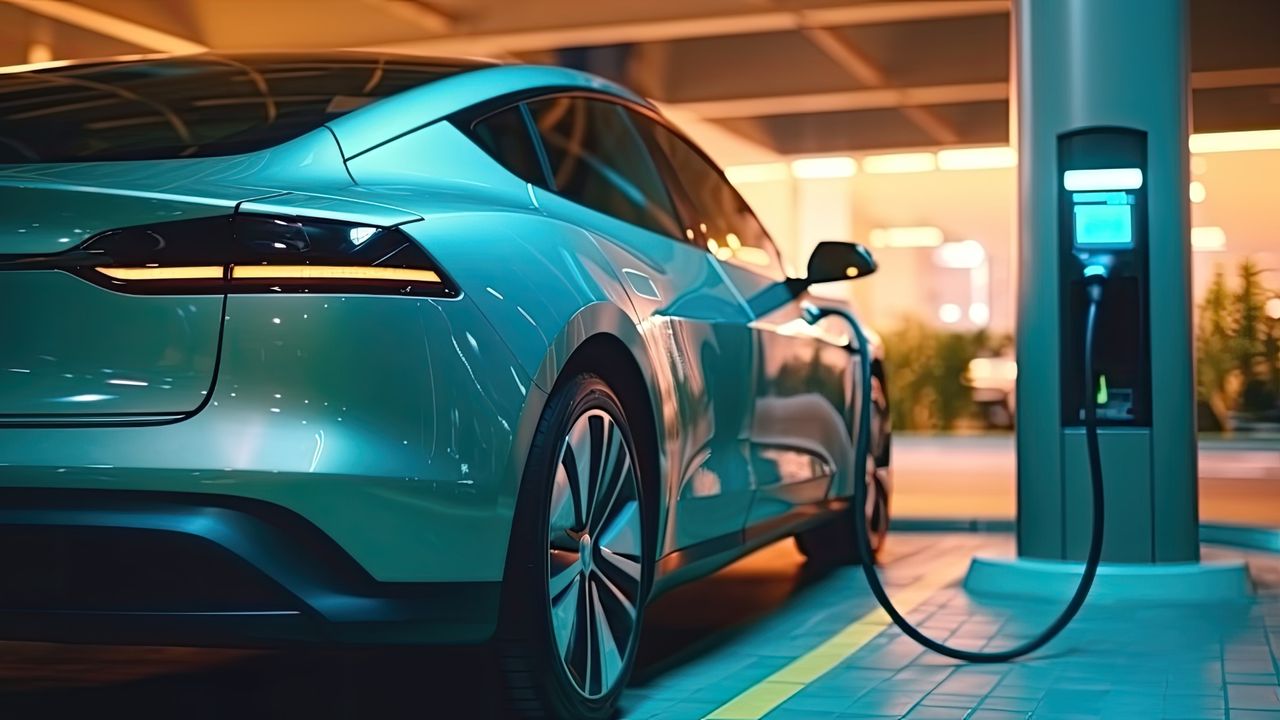Fast Charging vs. Slow Charging for Electric Vehicles: Which is Better?
As electric vehicles (EVs) continue to gain popularity, one of the key concerns for potential buyers is charging. How long will it take to charge? Can I travel long distances without worrying about running out of battery? These are valid questions, and understanding the differences between fast charging and slow charging can help you make an informed decision.
Slow Charging: Patience is a Virtue
Slow charging, also known as Level 1 or Level 2 charging, typically involves plugging your EV into a standard electrical outlet or a dedicated charging station. This method is slower compared to fast charging, but it has its advantages.
Firstly, slow charging is more accessible. You can charge your EV at home using a regular electrical outlet, which means you don’t have to rely solely on public charging stations. This convenience can save you time and money in the long run.
Secondly, slow charging is gentler on your EV’s battery. The slower charging process generates less heat, which can help prolong the lifespan of your battery. Additionally, slow charging allows for a more balanced distribution of electrons, reducing the risk of overcharging or damaging the battery.
However, slow charging is not suitable for everyone. If you frequently need to travel long distances or rely heavily on your EV for daily commuting, the time it takes to fully charge your vehicle might be a drawback. This is where fast charging comes into play.
Fast Charging: Speeding Up the Process
Fast charging, also known as Level 3 or DC fast charging, is designed to quickly replenish your EV’s battery. This method utilizes high-powered charging stations, often found at public charging stations or along major highways.
Rapid charging networks are expanding rapidly, making it easier than ever to find a fast-charging station for your long-distance travel needs. These stations can charge your EV to 80% capacity in as little as 30 minutes, depending on the vehicle and the charging station’s capabilities.
Fast charging is ideal for those who frequently embark on long-distance trips or need a quick charge during the day. It provides the convenience of a rapid recharge, allowing you to get back on the road in no time.
However, it’s important to note that fast charging can put more strain on your EV’s battery. The high charging rates generate more heat, which can potentially degrade the battery over time. Therefore, it’s recommended to use fast charging sparingly and rely on slow charging for everyday use.
Choosing the Right Charging Method
Ultimately, the choice between fast charging and slow charging depends on your individual needs and usage patterns. If you primarily use your EV for daily commuting and have access to a reliable slow charging option at home, it may be the most practical and cost-effective solution for you.
On the other hand, if you frequently travel long distances or need a quick recharge during the day, fast charging networks can provide the convenience and peace of mind you need.
It’s worth noting that many EV owners opt for a combination of both charging methods. They rely on slow charging for their daily needs and use fast charging for occasional long trips or emergencies.
Remember, the key is to find a balance that suits your lifestyle and driving habits. Whether you choose fast charging, slow charging, or a combination of both, the most important thing is to keep your EV charged and enjoy the benefits of emission-free driving.
